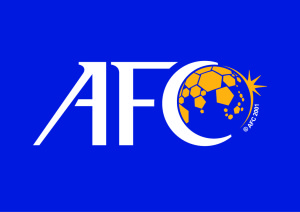December 20 – Players in the top Asian professional leagues are far more likely to have made their debuts at clubs where they came through the youth system, and will be playing along more players from their own country than is the case at clubs in Europe’s Big-5 leagues.
The first in-depth survey of club football in Asia analyses the squad composition of 130 clubs in nine of the best performing Asian leagues, and compare them to ten European championships on different sporting and economic levels.
The report, compiled by the CIES Football Observatory in partnership with the Aspire Academy, provides new insights into the structures and trends within the rapidly developing Asian leagues.
The report finds that nearly 23% of footballers in Asian leagues made their debut in the professional game in their club of employment, compared to less than 15% at big-5 European league level. The value of home grown players is emphasised by the success of the Pohang Steelers (62.6%) and Kashima Antlers (55.5%) who have the highest percentages of home developed players.
Asian clubs have considerably fewer foreign players in their squads than their European counterparts – 18% compared to 45%. This is more due to the existence of restrictive quotas hindering the international mobility of footballers, than a deliberate choice by clubs. But foreign footballers are over-represented in attacking positions. At Asian level, they account for 28.5% of forwards (up to 44.3% in China), 17.9% of midfielders, 13.3% of defenders and only 6.7% of goalkeepers.
This in turn has an impact on the numbers of players in teams who have already played for a national A-team. In Asia this is 22.9% of squad members, less than half of the percentage measured in the big-5 European championships (50.7%). The Qatar Stars League has the highest percentage of full internationals at Asian level (30.9%). On average, AFC Champions League teams have 9.2 full internationals in their squad compared to 16.2 for UEFA Champions League clubs.
The average age in the best Asian leagues is similar to that measured in the five major European championships at around 26.5 years. However, Asian clubs rely on more seasoned players in attack than European teams – this is skewed by the number of forwards recruited from Europe who are in the twilight of their careers.
But interestingly squad stability in Asia is similar to that in the major European leagues. However, the discrepancies between countries are great. Players in Japan average 3.5 years with their club, but this figure drops to 1.8 years in Iran. The theory that squad stability raises performance levels is borne out by the stat that the average stay of players in AFC Champions League clubs is 24% greater than for clubs in the Asian leagues surveyed who did not participate in the competition.
Markus Egger (pictured), Director of Strategy, Aspire Academy, said: ”I am convinced that this report will inspire Asian clubs, leagues and national associations in order for them to be able to create the best possible environment allowing players to fully develop and exploit their potential. This will help to further raise the competiveness of Asian football as a whole. This is also the goal of Aspire Academy.”
To view the full report go to http://www.football-observatory.com/-Publications,18-
Contact the writer of this story at moc.l1751418811labto1751418811ofdlr1751418811owedi1751418811sni@n1751418811osloh1751418811cin.l1751418811uap1751418811


